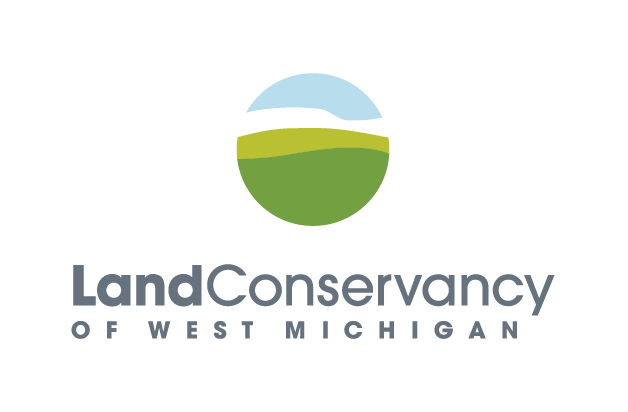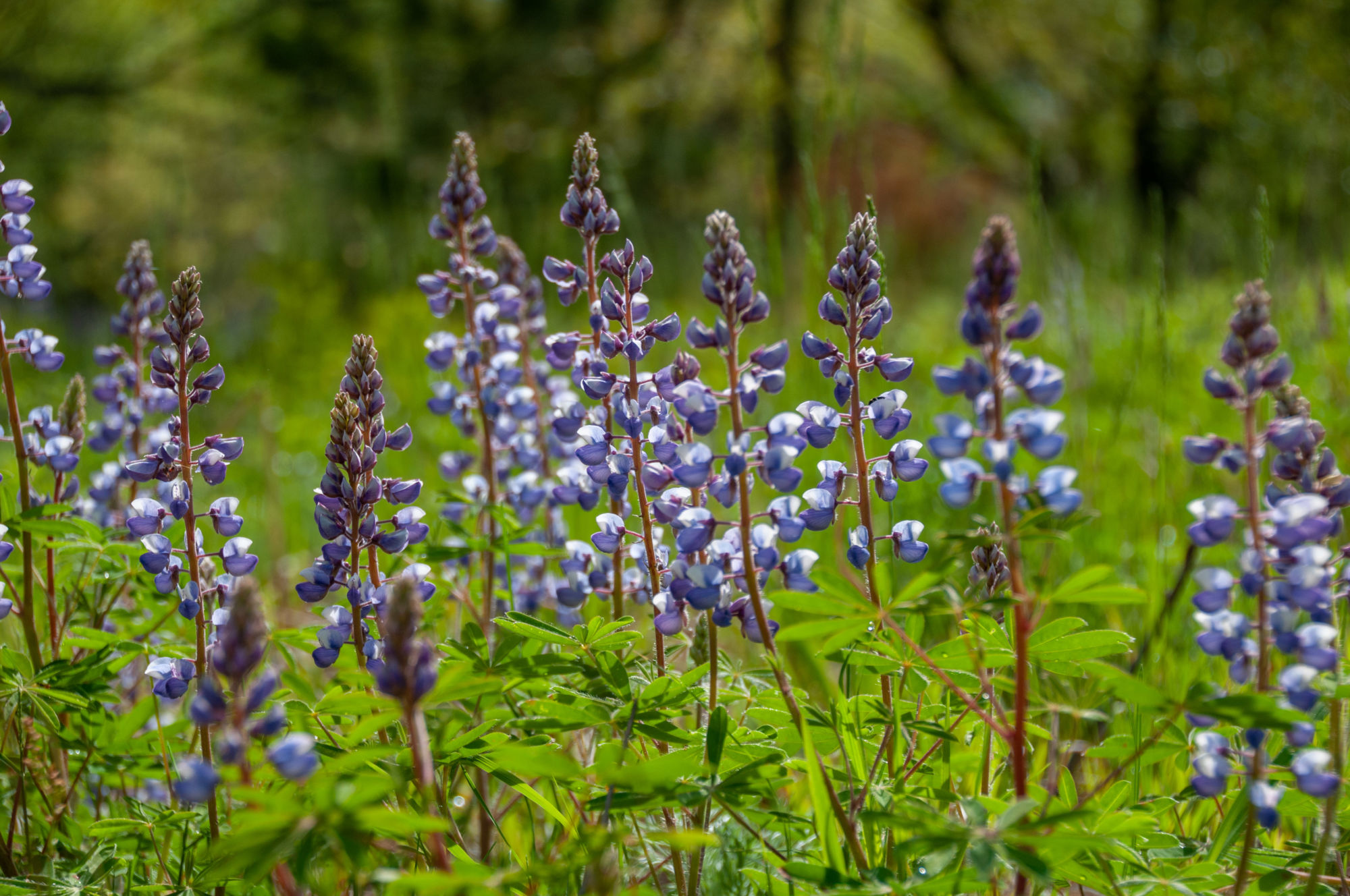
Taking on Oak Wilt
If you have recently hiked through Saul Lake Bog Nature Preserve, you may have noticed that some of the trees bear blue or red markings.
If you guessed that those markings denote trees that will be removed, you are right. Unfortunately, oak wilt has been discovered on the preserve and has already killed dozens of oaks. The disease will continue to spread without action, and that is why we must thin parts of the forest at Saul Lake Bog Nature Preserve.
Governor Whitmer has proclaimed May 2021 as Oak Wilt Awareness Month in Michigan. Oaks provide an important source of food and habitat for many native species of insects, birds and wildlife. Sadly, oak populations are declining in Michigan, due in no small part to oak wilt. It is critically important for landowners to know the signs and help prevent the spread of oak wilt.
As devastating as the disease is, it is not all bad news for Saul Lake Bog. If all goes as planned, the forest will recover to be even stronger and healthier than it was before.
 What is Oak Wilt?
What is Oak Wilt?
Oak wilt is a disease caused by the non-native fungus Ceratocystis fagacearum, and is lethal to oak trees. Oak species in the red oak group (oaks with pointy-tipped leaves) are especially susceptible to oak wilt, though trees in the white oak group (oaks with rounded-lobed leaves) can be affected as well. Oak wilt kills trees quickly – often within a month or two of infection.
A tree becomes infected with oak wilt when the spores of the fungus reach an open wound, like a freshly-cut branch or a storm-damaged limb. The fungus reaches wounded oaks by catching a free ride from sap-feeding beetles, which unwittingly transmit fungal spores as they fly from tree to tree in search of fresh sap.
What makes oak wilt especially devastating is that it doesn’t just affect individual trees. Once a tree is infected, the disease can spread through the tree’s root system to nearby oaks through underground connections called root grafts. If left unchecked, oak wilt can sweep through an entire forest, killing most of the oaks in a few short years.
What Can We Do?
Stopping oak wilt requires cutting down all the infected trees on a site – including nearby trees that look healthy, but may carry the fungus in their root systems. Which of these “healthy” trees need to be removed is determined by a formula that accounts for the size of the tree, the distance to the nearest symptomatic tree, and the type of soil in the area. At Saul Lake Bog Nature Preserve, that means removing all the red and black oaks in two patches totaling about 5 acres – work that will be done this winter or next.
But just cutting down the trees doesn’t fix the problem – the fungus is still alive and well in the root systems, where it continues to spread. To prevent that, heavy equipment is usually brought in to cut a deep trench around the affected area, severing all root connections between infected trees and healthy trees nearby. Another solution is to apply an herbicide to the cut stumps of the trees along the edge of the affected area, effectively creating a ring of dead roots that performs the same function as a trench. Since that tactic is more cost-effective and disturbs the soil much less than trenching, we plan to use it at Saul Lake Bog.
Dealing with an oak wilt infestation is time-consuming and expensive, and as with many ailments, prevention is the best medicine. The best way to prevent oak wilt is to avoid cutting oaks during the growing season (April to October) when the beetles and spores are most active. If an oak must be pruned or is damaged in that timeframe, seal the wound immediately with latex paint. If you suspect you have oak wilt on your property – or notice it elsewhere – contact the Michigan DNR by following the instructions here.
Hope for the Forest
As devastating as oak wilt can be, all is not lost. Wood infected with oak wilt is still usable as lumber – as long as it’s handled correctly to make sure the disease doesn’t spread. So rather than have the wood go to waste, we’ve contracted with a logging company to harvest the timber. What’s more, we’re using the opportunity of having logging equipment onsite to selectively remove overabundant red maple in the forest as well. That much-needed thinning will allow more light to reach the forest floor, helping new trees establish and improving long-term forest health. Proceeds from the timber sale will feed back into the restoration of the oak wilt site and other areas of the forest.
Following the harvest, the oak wilt area – and other forest openings created by the timber harvest – will be planted with a mix of native oak savanna grasses and wildflowers, re-establishing habitat that has been absent from the preserve for many years. Eventually, the open, grassy areas will blend with the closed-canopy sections of the woods, creating a patchwork of savanna and forest that supports a much richer diversity of plants, habitats, and wildlife than is present at Saul Lake Bog today. A very similar project was completed at Wege Foundation Natural Area, when that preserve was affected by oak wilt three years ago. The site is recovering even better than expected, featuring high biodiversity, good tree regeneration, and improved habitat health overall. Pay a visit to that preserve for a peek at what the site at Saul Lake Bog will hopefully look like in a few years.
Restoring a forest is a long-term project, but the benefits will be enjoyed for generations to come.





Doug
How do you determine or identify if a tree is diseased with oak wilt?
Marie Orttenburger
Hi Doug, This resource offers some key things to look for: https://www.michiganoakwilt.org/oak-wilt-101